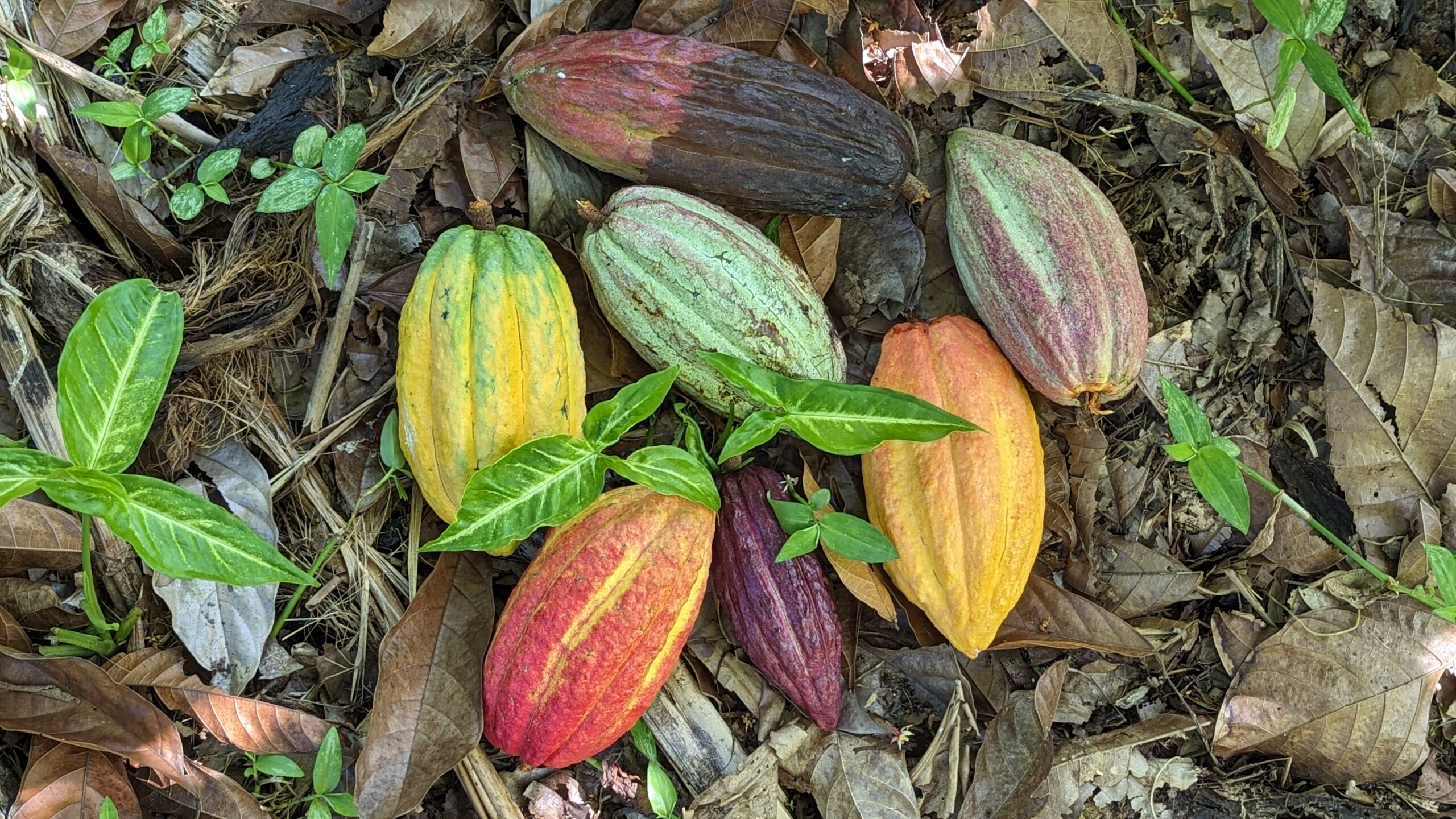-
Tanya Takeover
It was probably inevitable that some Tanya (Cocoa to us Jamaicans) would make it into the raised beds. And so they did in numerous areas. Unfortunately, the big beautiful leaves will put anything nearby in the dark, so they have to be moved out once they begin to get large. They can get as large…
-
Lattice For Climbers
We had been looking for lattice for about six months and were told by the local lumber yard that they don’t carry it and have not seen it elsewhere. Well, never just ask one person !! It turns out that it was here all along, but the prior person did not know ! We are…
-
Eggplant Flowers
The eggplants are looking very healthy, and are starting to flower, which is a good sign. So far, the pests are being kept at bay with only minimal damage to the large leaves..
-
Cucumbers are Coming
Only about half of the cucumber plants survived after something began to attack the roots. However, those that made it grew strong and flowered profusely. It was not long until a few cucumbers appeared, and for whatever reason, this one grew to maturity quickly. It is great to finally have some food coming from the…
-
First Food
If you don’t count the use of Thyme from the garden, then the first edible food this season was Bok Choi. It is famous for going from seedling to ready-to-eat in 45 days, and it grew very nicely.
-
Watermelon In and Out
In another experiment, watermelon from seeds is planted both outside the greenhouse, and in one of the beds. The ones in the greenhouse will be a challenge to manage as they can rapidly take over the world. I am hoping that the tomato plant in the picture will quickly rise above them. So far the…
-
Tomato Starters
These tomato starters have graduated from the seed trays to the bed. Of the six, three did not make it. I am guessing they needed a bit more time, or the shock was overwhelming. Hopefully the remainder will develop nicely.
-
Climbing Cucumbers
From seedlings to 6 foot tall vines in just weeks, these cucumber plants were a pleasant surprise. Unfortunately, about half were plagued by a disease and did not make it. We are looking for natural ways to combat this going forward. https://photos.app.goo.gl/YZ8nRPsRrrYR4gg38
-
Big Thyme Little Thyme
One essential herb for cooking is Thyme, and there are many varieties, but two of them are common here. They are referred to as Thyme, and Big Thyme. Common thyme is the most widely used culinary thyme. It is narrow leaf and also known as english thyme. What is referred to here as big thyme…
-
The Onion Saga
We planted both Scallion (Spring Onions to some) and common onions. The thinking was that while the scallions would thrive, the regular onions would be something of a gamble in this climate. However, the opposite has happened. None of the row of scallions has sprouted, and the regular onions are healthy and thriving. We will…
